- Atypical ductal hyperplasia diagnosed on core biopsy requires excision because of the risk of cancer present at the site, but expert histologic review may be helpful because of the risk of misdiagnosis.
- Pleomorphic lobular carcinoma in situ should be treated as ductal carcinoma in situ based on its behavior and greater risk of associated invasive disease.
- Excision of pseudoangiomatous stromal hyperplasia has been questioned because of limited data suggesting that imaging discordance and the presence of suspicious clinical findings are the primary risk factors for associated cancer, and their absence may permit safe observation.
Latest Updates

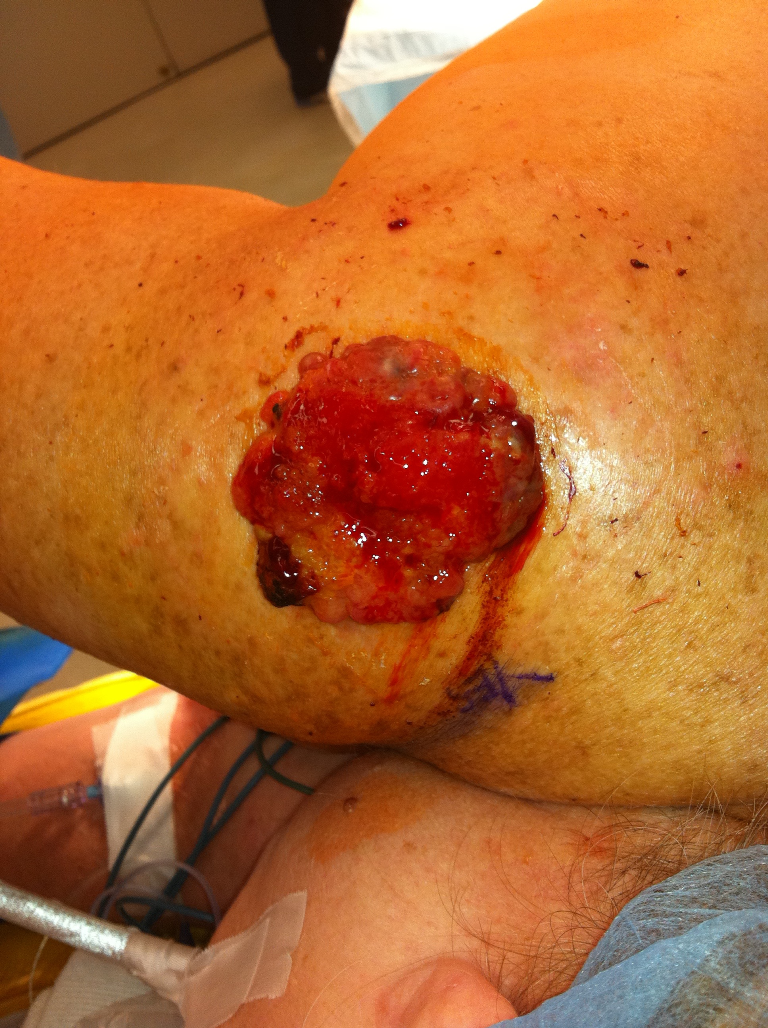
Basal Cell Carcinoma: Epidemiology, Risk Factors, and Treatment Options
- Risk factors for patients at risk for developing basal cell skin cancers (BCCs) include exposure to UV solar radiation, long-term immunosuppression, exposure to ionizing radiation, and certain genetic disorders.
- Treatment modalities can be divided into surgical and nonsurgical therapies, although surgical therapy is generally the mainstay of treatment.
- Superficial therapies, such as topical imiquimod or 5-fluorouracil, photodynamic therapy, or cryotherapy, may be effective for anatomically challenging locations where surgery or radiation is contraindicated, but the cure rates of these approaches are lower compared with surgery.
- Recent FDA-approved hedgehog pathway inhibitors include vismodegib and sonidegib for patients who have exhausted surgical and radiation options for treating advanced BCC.

Skin Cancers: Basal Cell Carcinoma: Epidemiology, Risk Factors, and Treatment Options
- Risk factors for patients at risk for developing basal cell skin cancers (BCCs) include exposure to UV solar radiation, long-term immunosuppression, exposure to ionizing radiation, and certain genetic disorders.
- Treatment modalities can be divided into surgical and nonsurgical therapies, although surgical therapy is generally the mainstay of treatment.
- Superficial therapies, such as topical imiquimod or 5-fluorouracil, photodynamic therapy, or cryotherapy, may be effective for anatomically challenging locations where surgery or radiation is contraindicated, but the cure rates of these approaches are lower compared with surgery.
- Recent FDA-approved hedgehog pathway inhibitors include vismodegib and sonidegib for patients who have exhausted surgical and radiation options for treating advanced BCC.
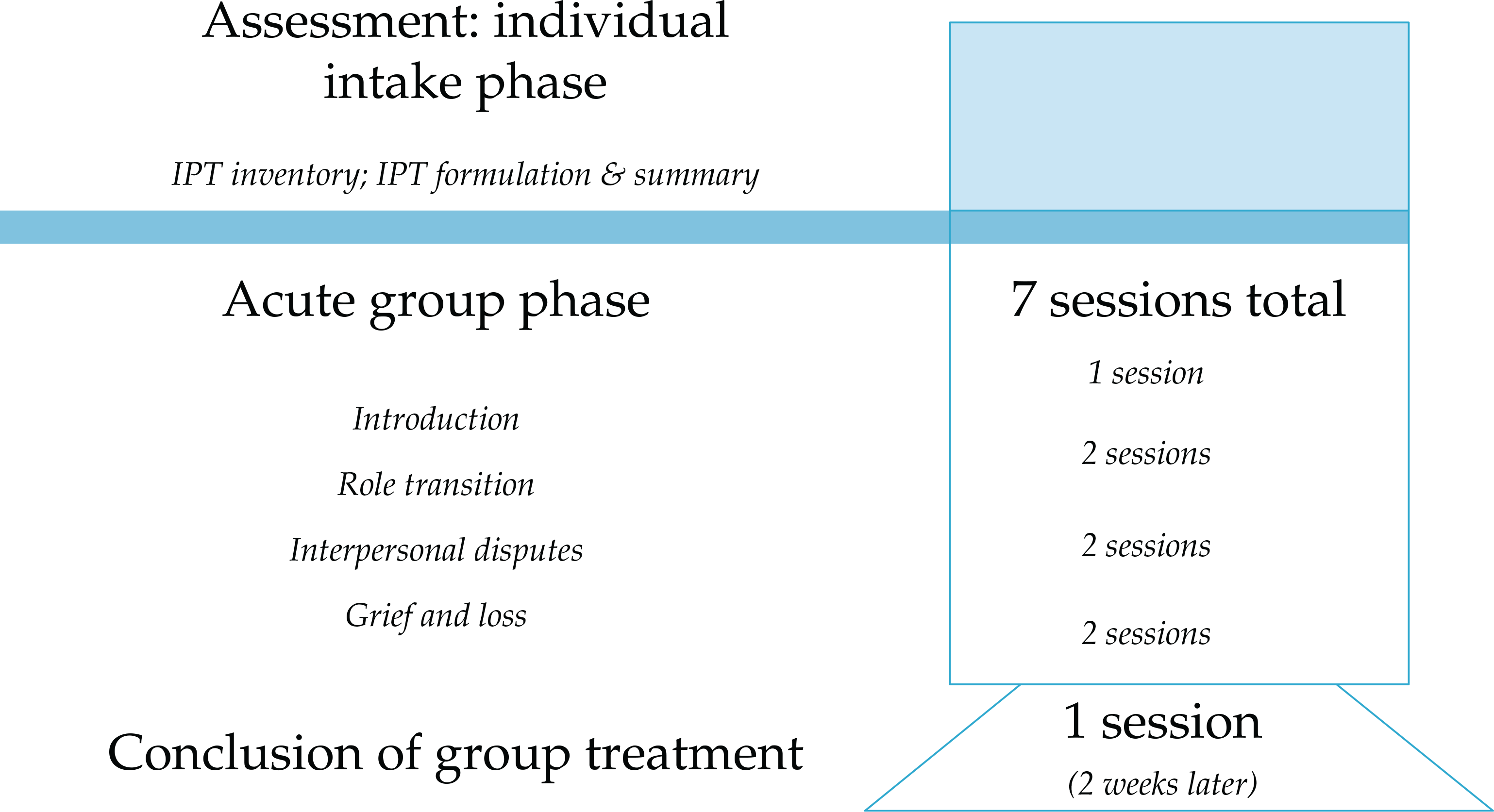
Psychotherapy: Interpersonal Psychotherapy
- New clinical tools have increased fidelity to IPT and enhanced its clinical application
- IPT has been shown to be effective with PTSD
- Dissemination of IPT is greatly increasing
- Training protocols and guidelines for IPT have been established
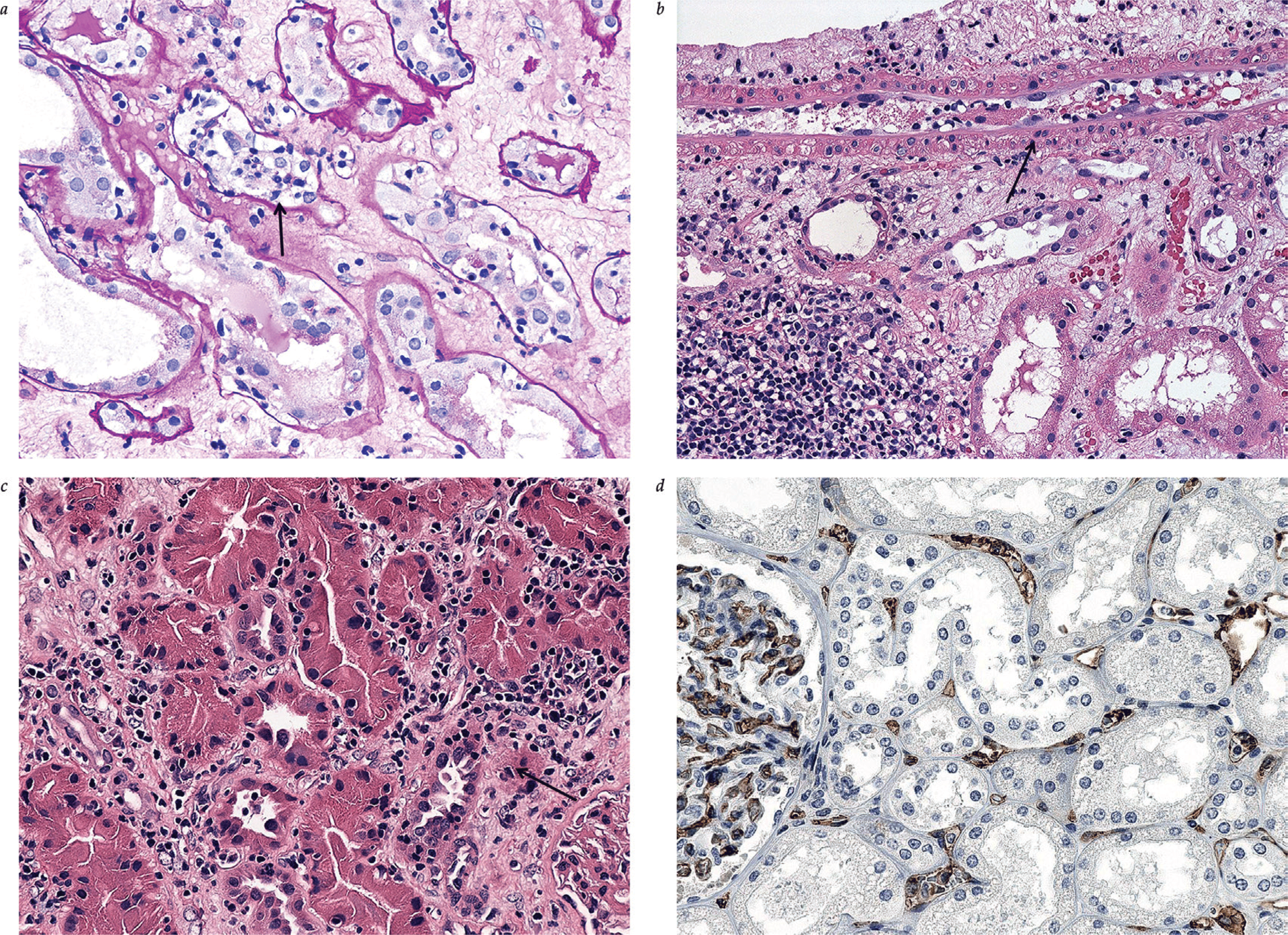
Nephrology: Acute Graft Dysfunction
- Differential diagnosis of acute allograft dysfunction
- Biomarker use in the evaluation of acute graft dysfunction
- Treatment options for acute allograft rejection
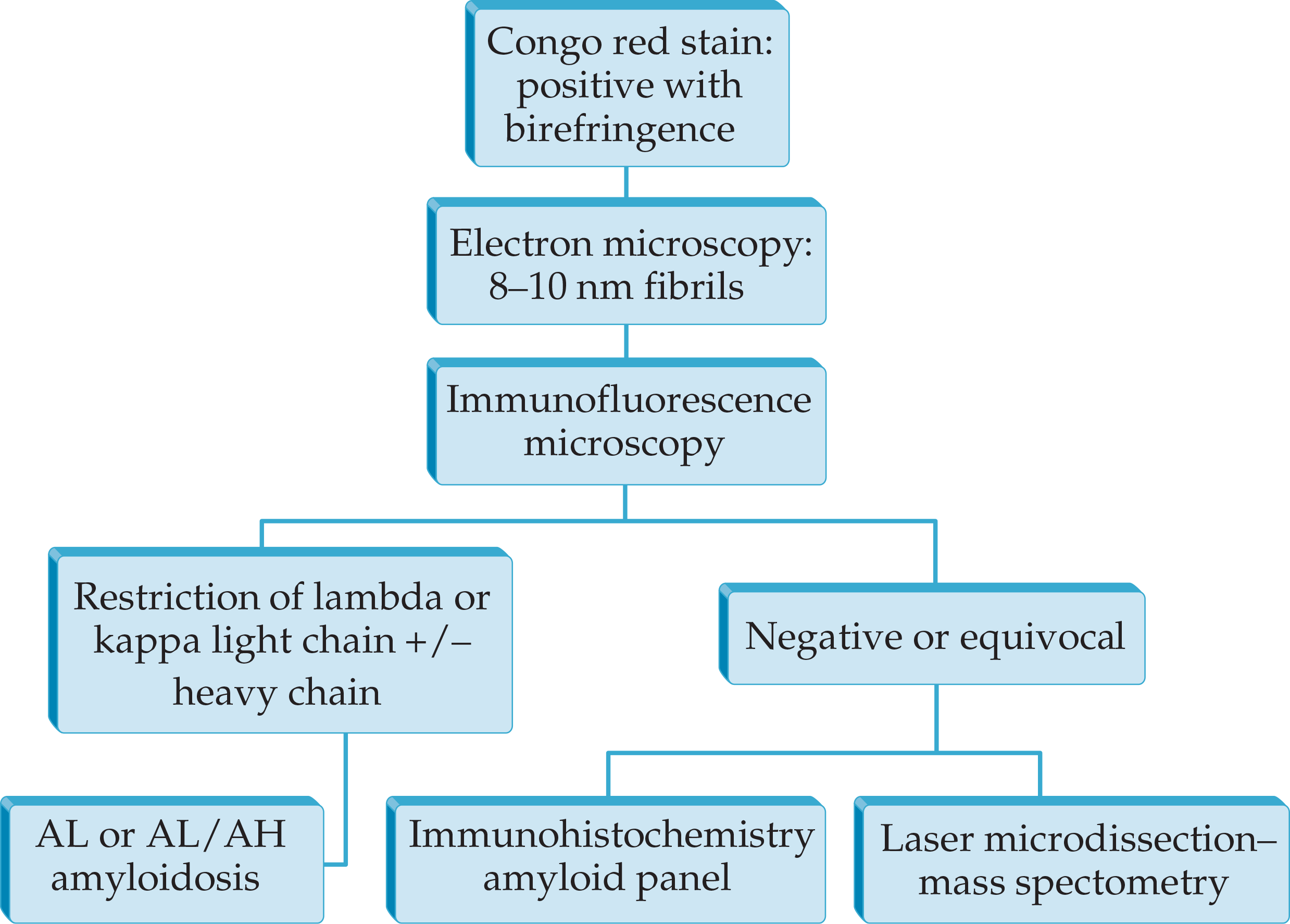
Parenchymal Kidney Disease: Paraproteinemia and Deposition Diseases
- Enhanced understanding of ALECT2 amyloidosis
- Best practice for typing of amyloidosis
- Evidence for distinguising among diseases with organized deposits
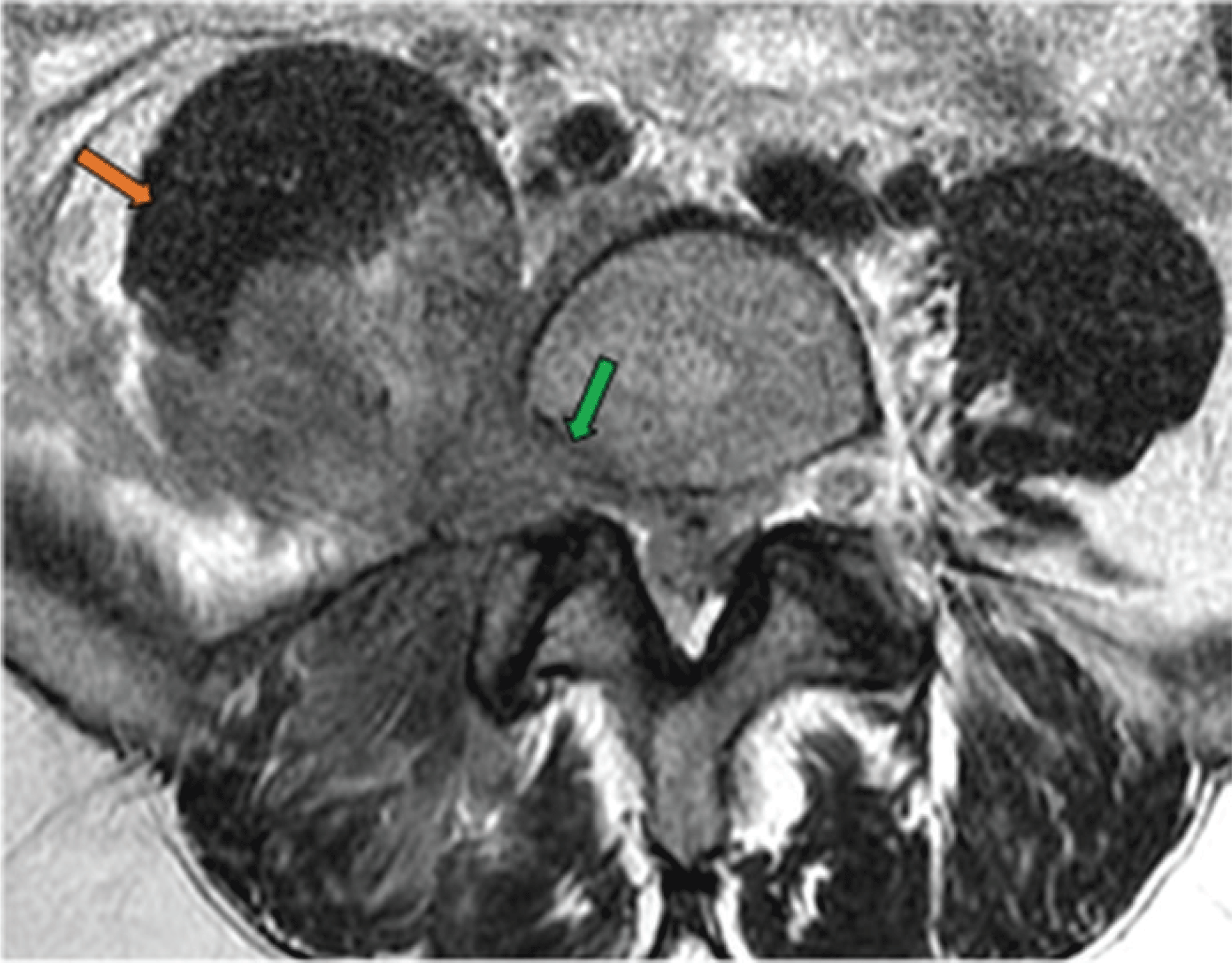
Pain Related Disease States: Lumbar Disk Herniation
- The nomenclature of disk herniation has evolved over the years; the current terminology is disk herniation, not disk rupture.
- The pathophysiology of lumbar disk-related pain or radiculopathy, although not well understood, has expanded and includes inflammation and ischemia of the spinal nerves, apart from compression.
- Radiographic assessment of disk abnormalities has progressed substantially, with a clear picture of various levels of disk herniation and nerve root abnormalities.
- Multiple advances have been made in managing lumbar disk herniation with conservative management, including interventional techniques, minimally invasive and endoscopic surgical decompression, and, finally, open decompression.
- With increasing levels of multiple interventions, various complications have been reported with all modalities, including surgical interventions, leading to post lumbar surgery syndrome and lifelong management in a significant proportion of patients.
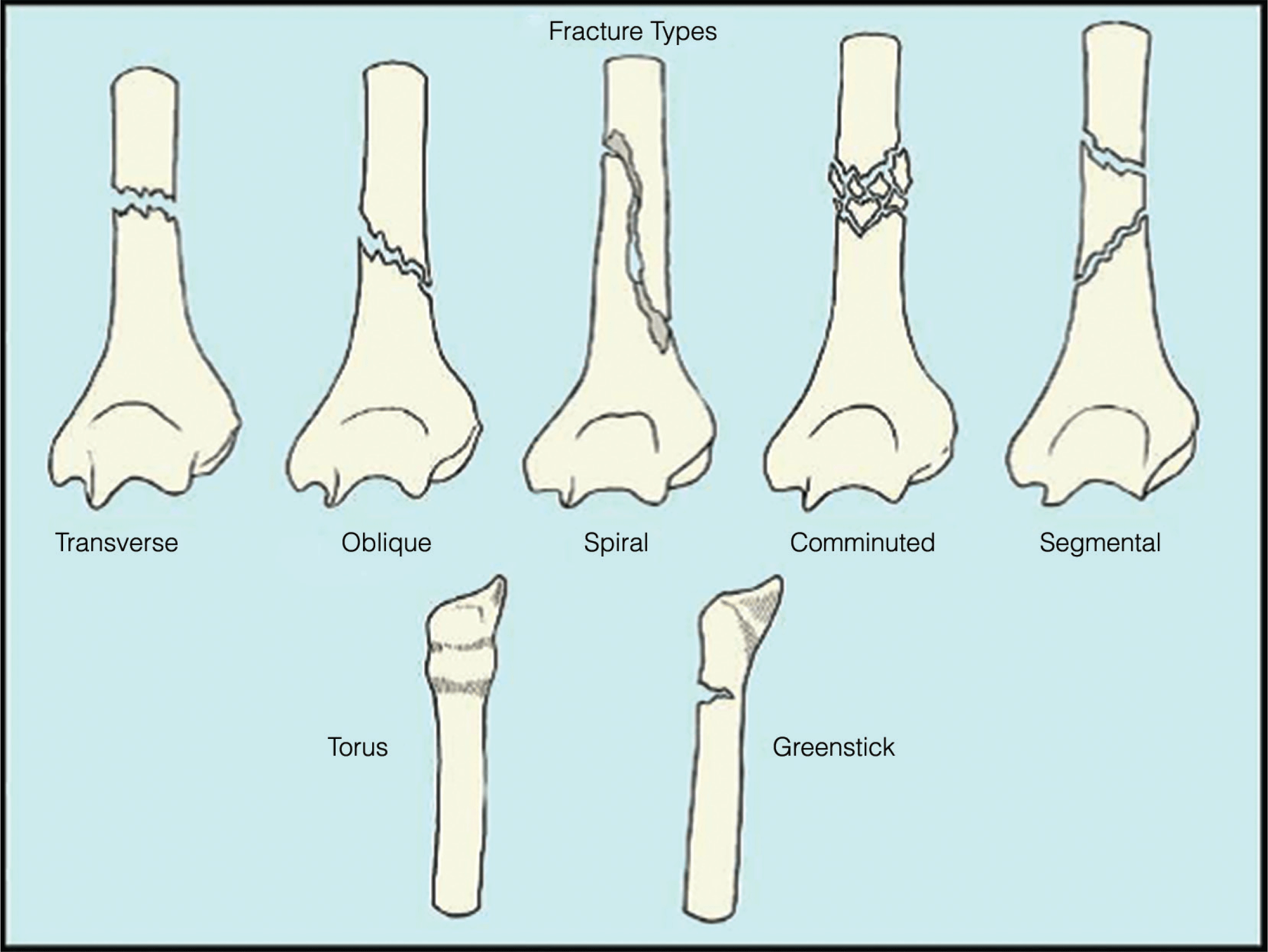
Trauma: Management of Extremity Fractures and Complications
- Antibiotic prophylaxis for all open extremity fractures is recommended.
- Washout and debridement of all open fractures within 24 hours of admission is recommended.
- Multidetector computed tomographic angiogram (MDCTA) has high sensitivity and specificity for identifying arterial injury in patients with soft signs of vascular injury due to blunt or penetrating extremity trauma
- Early tourniquet use can be life-saving when used to control active hemorrhage from severe extremity trauma and is associated with a low rate of complications
- If not immediately life threatening, the mangled extremity is best managed with a multi-disciplinary team approach.


.png)







